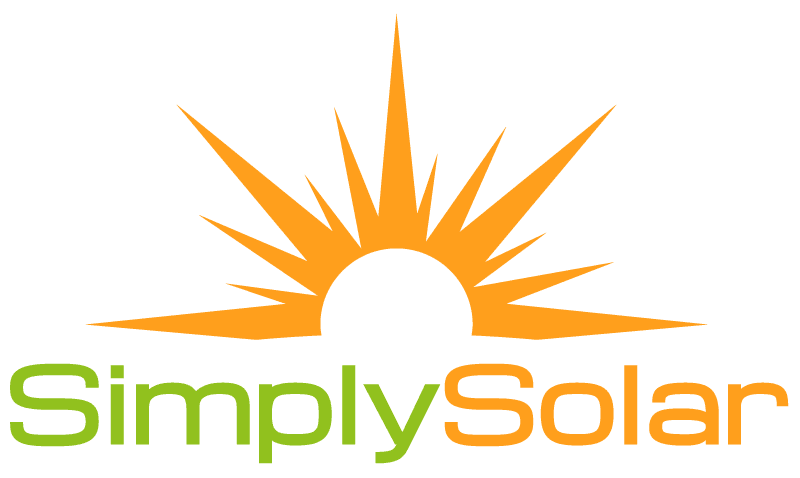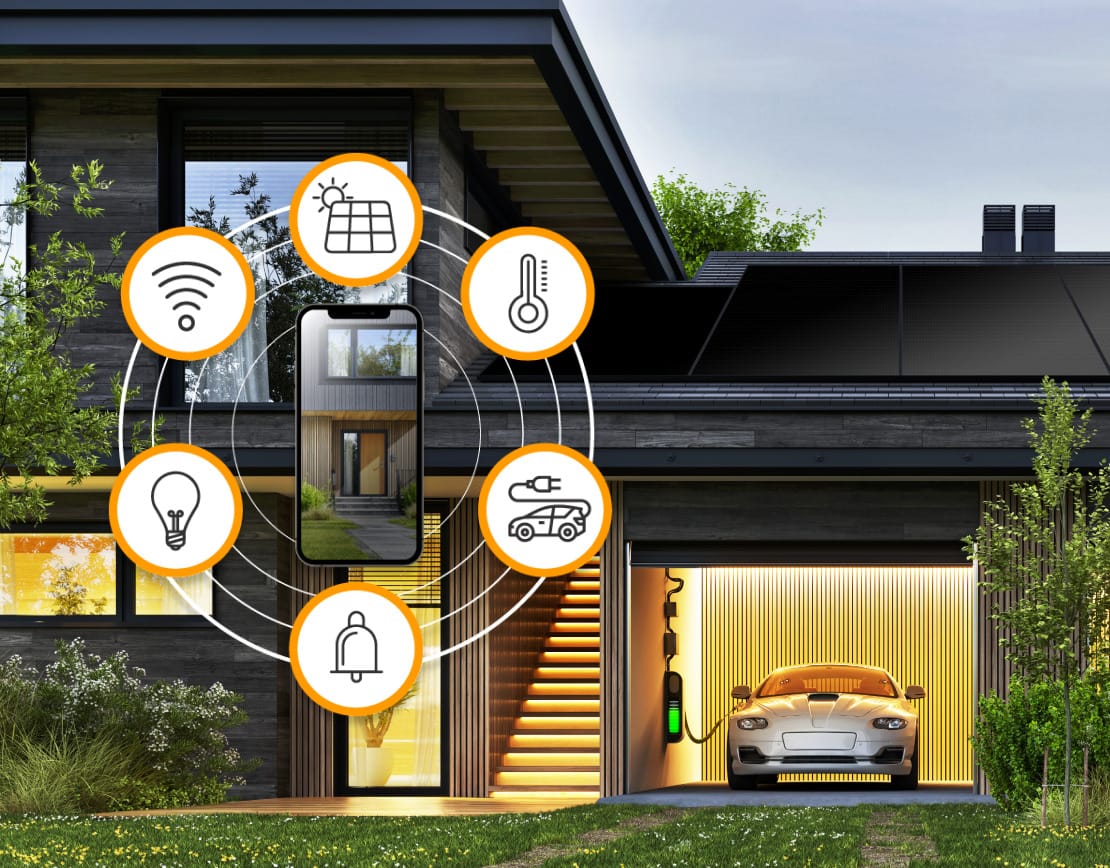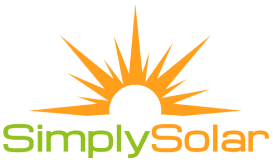String Inverters, Micro-inverters, and Optimizers
When we think of solar energy, often the first image that comes to mind is the solar panel itself. We imagine housing rooftops and commercial buildings covered with modules. However, often lost in that image is a crucial part of the entire system: the solar inverter.
What is A Solar Inverter?
The inverter converts the solar energy into usable power. As the sun’s rays hit the solar panels, DC electricity is produced, and the inverter allows each home or business to access the energy, converted into AC electricity. Simply stated, without inverters it would be difficult to utilize solar panels as a home or business’s power source. Today, solar inverters are more important than ever. With improvements in technology, the inverters now can be used to monitor the entire system, provide diagnostic information to technicians, and optimize system efficiency.
There are a few types of inverters, which we will review today.
String Inverter
The string inverter is the most commonly used inverter for homes and businesses. In this arraignment, solar panels are installed in groups – each called a string. For example, if your home has 20 panels, you might have 2 rows of 10 panels. The system might be wired such that 2 strings of 10 panels are connected to a string inverter, which converts the solar energy stored in the panels into usable electricity.
String inverters are best used on homes or businesses without shade issues or installation obstacles. In many cases, the panels will be installed on the rooftop in a single block, all connected to a string inverter. As long as each panel receives full sunshine throughout the day, the inverter works well.
One disadvantage to this is if shade or obstructions interfere with one or more panels. Looking at our 2 rows of 10 panels again: If one of the panels on the row of 10 is shaded, it will affect the performance of the entire string. Efficiency will suffer, sometimes significantly, because of one panel. Similarly, a failure of one panel will cause issues for the rest of the string. Even with these difficulties, the string inverter remains the most popular and affordable option for homeowners.
Microinverter
Although string inverters remain the most popular choice for consumers, microinverters are quickly rising in popularity – particularly for homes and businesses with shading issues or installation challenges.
Each microinverter is installed directly on each solar panel, allowing for individual energy conversion rather than conversion of the entire string. This provides a significant advantage, as one panel can lose efficiency without affecting the rest of the panels on the string. While a string inverter is influenced by all of the panels, the microinverter makes it possible for all panels to work even when one fails.
Additionally, recent developments make it possible for microinverters to track the performance of each panel, which helps technicians monitor efficiency more closely. Adjustments can be made with more precision, and different corrective action can be taken for different panels instead of applying the same action to the entire string.
Because microinverters are installed on each panel, they can significantly raise the top-line cost for the entire system.
Optimizer
Optimizers can be considered a hybrid between the string inverter and the microinverter. Although they function similarly to a microinverter, they work in collaboration with a string inverter.
Each optimizer is installed on an individual panel. However, instead of converting the energy (like a microinverter) at the panel, the optimizer sends the energy to the string inverter, where it is converted and used in the home or office. This system provides greater efficiency for a string inverter system. A panel that is shaded or malfunctioning will not affect the rest of the string. Instead, energy will be sent from the remaining panels to the string inverter.
Because optimizers to not convert the energy directly in the panel, they are less expensive than microinverters and less prone to failure. For homes with panels facing in different directions or shaded obstructions, the optimizer rapidly become best practice for many solar installations.
Which is the Best Option?
For a flat surface without shading issues, a string inverter provides an affordable, reliable option. Microinverters are an expensive alternative, but offer individual level panel conversion. The optimizer is an ideal hybrid between solely string inverters and microinverters, which increases efficiency in the entire system. Overall, the best selection for a home or office will depend largely on the building itself.
Sources
https://www.energysage.com/solar/101/string-inverters-microinverters-power-optimizers/
https://www.solarpowerworldonline.com/2016/05/different-types-solar-inverters/
https://enphase.com/en-us/products-and-services/microinverters/vs-string-inverter



